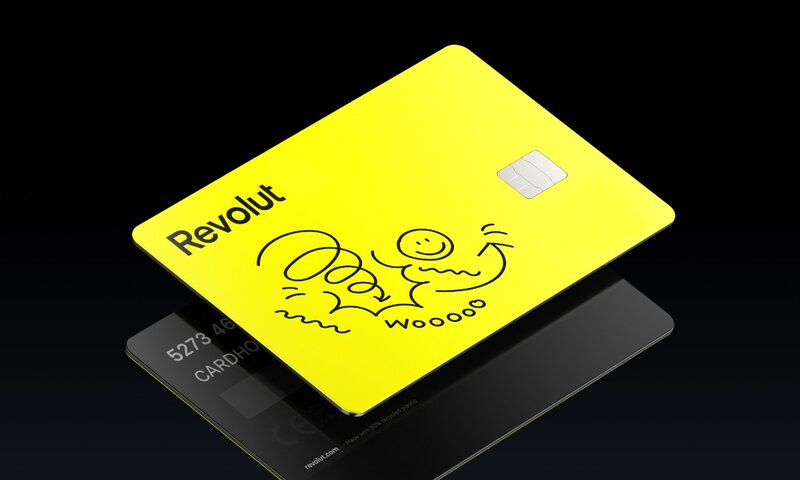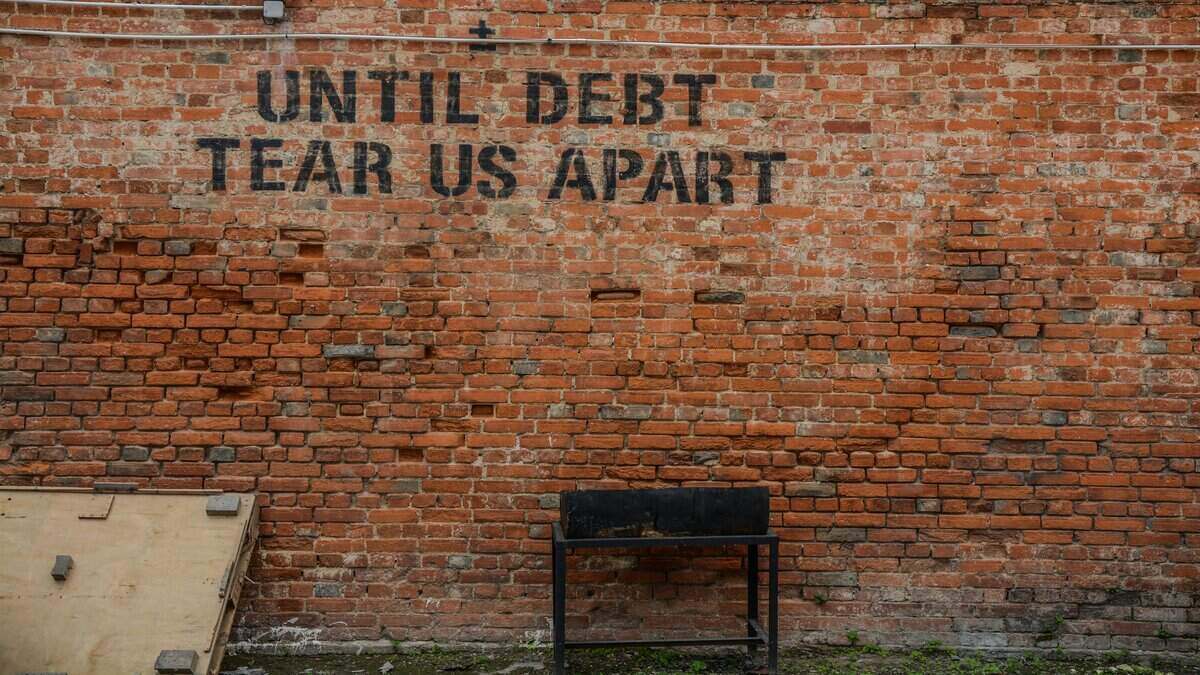Owning your own caravan can open up all sorts of options for future holidays. It could mean camping trips that aren’t defined by the weather, always having accommodation when you’re travelling to events (festivals and the like), or even packing up your life into a campervan and heading on a trip around the country. A caravan is usually a major purchase - budget caravans normally start at about $20,000 new, while luxury options can cost north of $150,000. However, when you factor in all the money you might be able to save on accommodation while you own a caravan, you may feel a bit more justified in making such a purchase.
Most people interested in buying a caravan will use some sort of loan. This is everything you need to know about caravan financing.
What caravan is right for me?
There are a few different types of caravans out there:
Camping trailer
If you’re a minimalist camper or looking for a caravan on a tight budget, there are plenty of options for you. It might be a bit snug, but a camping trailer might be able to fit in a couple of beds, plus the essentials. Some of the most common camping trailers are known as ‘Teardrop trailers’ because of their shape.
Pop up caravan
‘Pop up’ or ‘Wind up and out’ caravans can be compacted during transit and then extended out once you get to your destination.
Full caravan
A conventional caravan that you don’t need to set up at all is often called a ‘full’ caravan.
Campervan
A campervan (or RV or motorhome) is a caravan you can drive around. If you want to channel your inner Walter White in the desert, a campervan might be a great option.
Types of caravan loan
There are a few different credit products you could use to buy the caravan of your dreams.
Secured personal loan
A secured personal loan for a caravan is one where the caravan (or another asset) is used as collateral. This often means lower interest rates since the lender has security against the loan amount, while upper borrowing limits also tend to be higher.
Unsecured personal loan
An unsecured personal loan means your caravan isn’t up as collateral. This means your lender can’t repossess your caravan if you default on the loan, but usually also means higher interest rates compared to secured loans.
-
Home equity loan - If you already have a home loan, you might be able to borrow against your equity and use this money to buy a caravan. Since mortgage rates are typically lower than personal loan rates, this can save you money on interest. But if you stretch the debt over the home loan’s entire remaining loan term, you’ll probably end up paying more interest overall than if you’d just taken out a 5-7 year personal loan.
Compare Caravan Loans in Australia
If you’re on the hunt for caravan finance in Australia, you have plenty of options to choose from. Even if you’ve narrowed down the type of caravan loan you want, there’s likely to be a wide range of products to compare. These are some of the most important factors to take into consideration.
Type of caravan loan
One of the biggest things to decide is whether you want to secure your loan with the caravan itself. Unsecured loans means your lender can’t repossess the caravan if you default, but secured loans usually have lower rates. You might also get to choose between fixed and variable rates.
Caravan loan features
There are a few extra features that a caravan loan could include that are worthy of your attention.
-
Additional Repayments: Some caravan loans allow you to make extra repayments without penalty, reducing your overall interest bill
-
Redraw Facilities: A loan with a redraw means any extra payments can be redrawn if the need arises
-
Balloon payment: Some vehicle loans involve a balloon payment, which means a portion of the loan is repaid at the end of the loan term as a lump sum. This means lower regular repayments, but a higher interest bill since you’re borrowing more for longer. Some borrowers choose to sell the vehicle at the end of the term to pay the balloon payment off.
Caravan Loan interest rates and fees
Caravan loan interest rates can vary significantly based on the lender, your credit score, and the loan term. Personal loans typically don’t offer a single interest rate, but a range that depends on your creditworthiness. If you are a higher risk borrower, you will pay a higher rate. For example, at the time of writing personal loans with NAB have variable rates starting at 8.49% p.a., all the way up to 20.49% p.a.
Fees are also another important consideration. There are a range of additional costs that can apply on caravan loans, like monthly account keeping fees or large break charges for ending the loan early. If the loan you’re looking at has a comparison rate significantly higher than the advertised rate, it usually is a sign that there are lots of extra fees.
How Much Can You Borrow for a Caravan?
Generally, lenders offer loans covering 80% to 100% of the caravan’s purchase price. However, your borrowing power will likely depend on several factors, including your income, existing debts and credit history.
Caravan Loans for Pensioners
A caravan can be a great way to enjoy your retirement. While lenders are allowed to take a borrowers age into consideration when assessing an application, you should still be able to get a caravan loan as a retiree if you can demonstrate you will be able to repay the loan. All income, including the age pension and superannuation payments, are assessable, so like any other borrower, you’ll just need to demonstrate you can afford the loan you want.
There are a couple of other credit options available to elderly Australians, particularly those who own their own home. The Home Equity Access Scheme allows eligible older Aussies to access the equity in their home using a loan from the Australian Government. Alternatively, a reverse mortgage also allows those aged 60 and above to borrow against their home (usually up to 15-20% of the property value). You don’t need to repay a reverse mortgage until you sell the property or pass away, but you will be charged interest that compounds over time. You should make sure you fully understand the implications of a reverse mortgage before applying.
Picture by Carolina Pimenta on Unsplash



 Harrison Astbury
Harrison Astbury
 Harry O'Sullivan
Harry O'Sullivan


 Denise Raward
Denise Raward